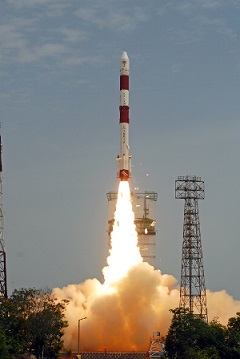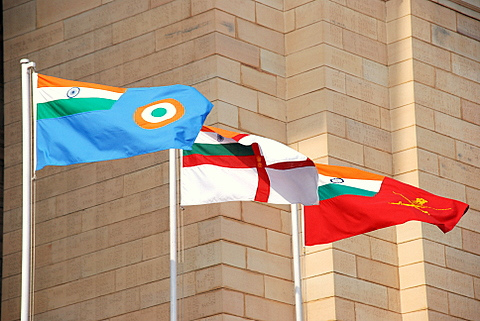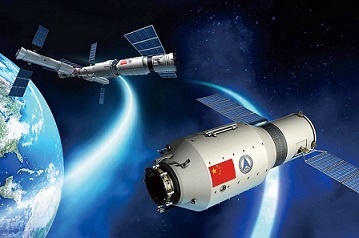
HYDERABAD (PTI): The Indian Space Research Organisation (ISRO) is trying to increase its capacity to deliver by scaling up the frequency of launches to 12 per year from the seven at present by building more satellites and lowering the cost of access to space.
"Earlier, we were doing 2-3 (launches) per year, then we increased it to 4-5, last few years we have been doing seven launches," space agency Chairman A S Kiran Kumar told PTI.
"Now, we are trying to go up to 8-9 PSLV per year, two GSLV-Mk II and one GSLV-Mk III. Total about 12 per year," he said.
ISRO is trying to increase its capacity to deliver by scaling up the frequency of launches by building more satellites, lowering the cost of access to space and also to do heavier satellite launches, the Chairman said.
The space agency is in the process of constructing a second vehicle assembly building to improve the turnaround time and throughput for the PSLV so that with the same launch pad ISRO can do more launches, he said.
Kiran Kumar said approval for a proposal to build a space station was yet to come.
ISRO plans to undertake the Chandrayaan-2 mission in the first quarter of the next calendar year, he said.
"It (Chandrayaan-2) is a fully Indian affair. There is no Russian participation in that," Kiran Kumar said.
"All the developments required for that, all the variable thrust engines, lander, rover....all that work is going on and we are getting ready for this launch," he said.
"Another Mars mission, Venus mission or Asteroids mission...all these possibilities we are working on; study teams are looking at it, and then we will finalise at some point of time and start getting approvals for them," he said.
On reusable launch vehicle, he said ISRO has identified its next steps in terms of air-breathing propulsion system.
"We are now trying to do an experiment where it will demonstrate that the thrust generated is more than the friction so that you have a net positive thrust.
"What we have (already) demonstrated is combustion happening with oxygen and hydrogen. The next step is the thrust whatever is generated should be more than the friction that's going to come up because of the surfaces involved," Kiran Kumar explained.
"Once that is done, then it's a big capability. So we are working towards that now and in terms of reusable launch vehicle I think landing gear system to that and conducting some experiments that is the next step and beyond that we are looking to scale up the model and do the next set of activities," he said.
 Previous Article
Previous Article Next Article
Next Article













The Indian Air Force, in its flight trials evaluation report submitted before the Defence Ministry l..
view articleAn insight into the Medium Multi-Role Combat Aircraft competition...
view articleSky enthusiasts can now spot the International Space Station (ISS) commanded by Indian-American astr..
view article